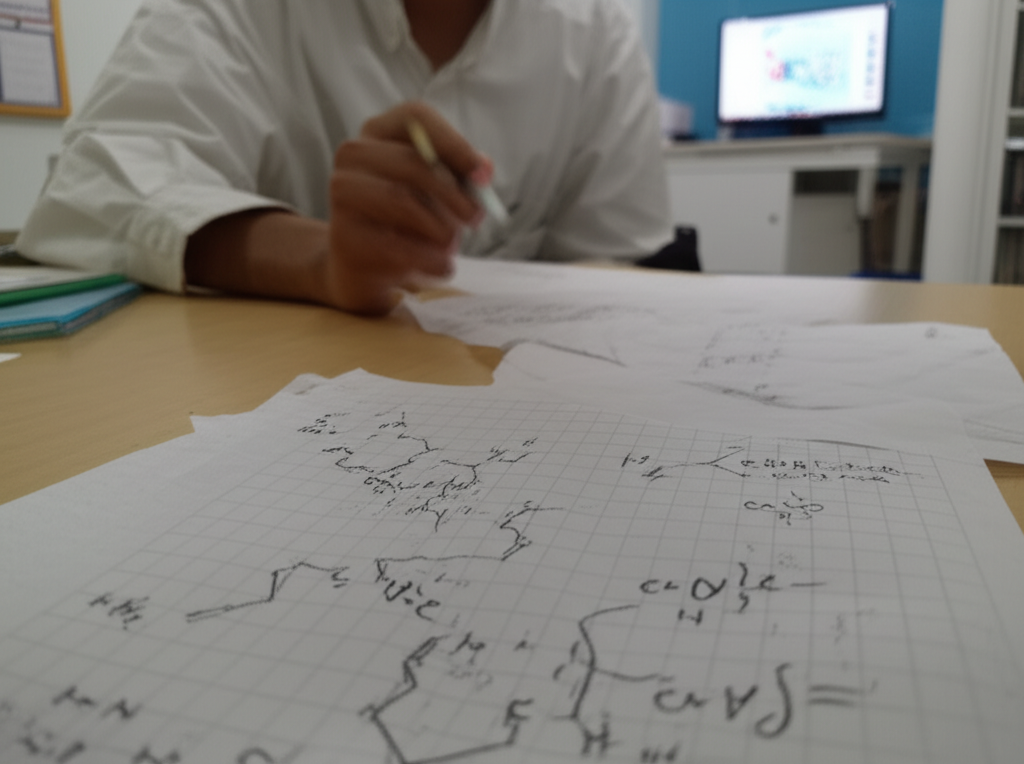Pyraclostrobin, a highly effective broad-spectrum strobilurin fungicide developed by BASF, plays a critical role in protecting diverse crops like wheat, rice, peanuts, and fruit trees against widespread diseases including powdery mildew, sheath blight, brown spot, gray mold, and downy mildew. Its high efficacy, low toxicity, and robust chemical stability drive global demand. However, established industrial synthesis routes face significant hurdles impacting efficiency, cost, and environmental footprint.
Conventional methods, often starting from ortho-nitrotoluene or 2-nitrobenzyl bromide, exhibit inherent drawbacks. Key issues involve poor control over nitro group reduction to hydroxylamine (risking over-reduction to stable amines), the high cost and undesirable waste associated with using iodomethane for methylation, and difficulties in bromination (yielding dibrominated impurities). Routes employing tetrahydrofylline (THP) for protection face added problems: THP's pungent odor, environmental toxicity, and severe corrosion on plastic equipment, alongside extended reaction sequences.

This breakthrough process overcomes these limitations through a radically redesigned 6-step route. It starts by cyclizing 4-chlorophenylhydrazine with ethyl acrylate to form N-(4-chlorophenyl)pyrazolidin-3-one. This is selectively oxidized using potassium persulfate (K2S2O8, 1:1~2 molar ratio, 90-95% yield) in solvents like acetonitrile/THF/ethanol/methanol with sulfuric acid, providing 1-(4-chlorophenyl)-3-pyrazolol cleanly. This crucial pyrazolol then undergoes etherification with 2-nitrobenzyl bromide in ethanol catalyzed by phase-transfer agents like tetrabutylammonium bromide (1:1~1.5 molar ratio, 90-93% yield), directly yielding 1-(4-chlorphenyl)-3-[(2-nitrophenyl)methoxy]-1H-pyrazole.
Critically, the nitro group on the *benzyl* moiety is now efficiently reduced using a Zn/NH4Cl system (1:1~3 Zn:substrate molar ratio, 90-94% yield), achieving the N-hydroxylaniline intermediate reliably. Subsequent N-acylation with methyl chloroformate in solvents like toluene/DCM (1:1~1.5 molar ratio, 92-96% yield) affords the methyl N-hydroxycarbamate. The final, cost-defining step is methylation using low-cost dimethyl sulfate (DMS) or dimethyl carbonate (DMC) (1:1~2 molar ratio) under basic conditions in THF/acetonitrile/ethanol/methanol, achieving excellent yields (92-95%) and high purity pyraclostrobin (>98%).
This innovative approach delivers decisive advantages. Relocating methylation to the last stage using DMS/DMC reduces methylation reagent costs by approximately 95% compared to iodomethane. Exploiting 2-nitrobenzyl bromide’s structure for direct etherification followed by straightforward Zn/NH4Cl reduction eliminates the need for problematic THP protection/deprotection sequences, thus avoiding corrosion, toxicity, and foul odors. Starting with an aryl bromide moiety bypasses the challenges of selective methyl bromination and dibromide formation seen in other routes. Potassium persulfate use as oxidant avoids coloration issues linked to potassium ferricyanide, simplifying purification.
The profound outcome is a dramatic yield increase to over 65% (based on 4-chlorophenylhydrazine), significantly surpassing conventional methods (typically 45-50%). Enhanced process control, stability, substantially lower costs, simpler work-ups, safer reagents, reduced environmental impact, and removal of equipment corrosion risks collectively mark this as a superior industrial synthesis pathway for pyraclostrobin production.
Manufacturing Facilities






Professional Export Experience
to Global Customers

1. 20 years of R&D, manufacturing and sales experience, serving customers in 60 countries and regions around the world;
2. Own R&D laboratory, pilot platform and large-scale production workshop, which can meet the audit requirements of global customers;
3. We can satisfy customers' perfect transition from small scale lab requirements (gram level) to commercialization requirements (hundred tons level).
A: We don't have Minimum Order Quantity, exact quantity should be provided before quotation for us to calculate the exact cost.
A: We don't provide free samples due to lots of request and expensive international courier's cost, we can deduct the sample charge after commercial order placed.
A: Our payment terms: Small or sample order: T/T IN ADVANCE. Commercial order: First order should be by T/T IN ADVANCE or L/C at sight, and following orders T/T 30~90days is acceptable subject to approval of credit application.